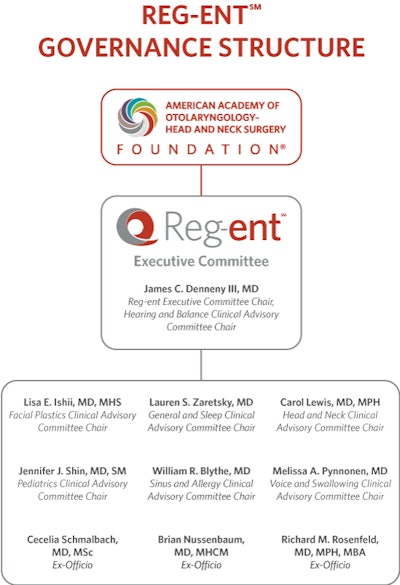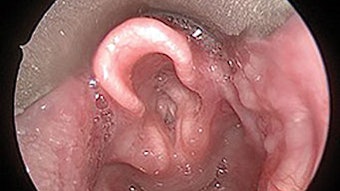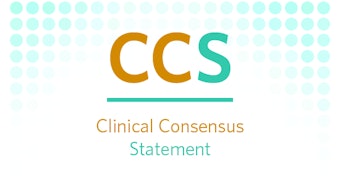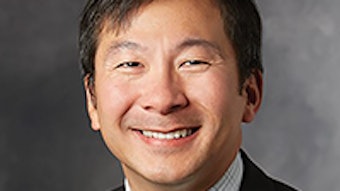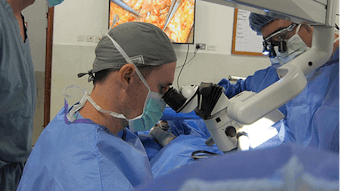What’s New with Reg-ent
As announced in May, and published in the June Bulletin, page 32, the AAO-HNSF has formed a partnership with OM1, a real-world outcomes and technology company. This partnership will connect Reg-ent to OM1’s real-world data and evidence platforms, thereby enhancing the value that the data repository will bring to our members.

Reg-ent and OM1
As announced in May, and published in the June Bulletin, page 32, the AAO-HNSF has formed a partnership with OM1, a real-world outcomes and technology company. This partnership will connect Reg-ent to OM1’s real-world data and evidence platforms, thereby enhancing the value that the data repository will bring to our members. Analytic capabilities will be improved, and we can confidently move into the second phase of Reg-ent providing access to quality clinical data and therefore enhancing research capabilities within the specialty.
Patient-Reported Outcome Surveys
The Reg-ent registry is excited to announce its first patient-reported outcome measure (PROM) that encourages shared decision-making between physicians and their patients in the treatment of age-related hearing loss. Physicians who choose to enroll their patients may access this new tool via their Reg-ent dashboard. To learn more about this new offering and join other Reg-ent practices as they move the dial on patient-centered care in age-related hearing loss, make sure to join webinars being scheduled in September 2020. More details to follow, so please stay tuned to your inbox for webinar invitations. Efforts are also underway in reviewing and prioritizing additional patient reported outcome tools pertinent to the specialty to be made available through Reg-ent. To learn more about validated survey instruments currently under review, visit https://www.entnet.org/content/outcome-tools.
Quality and Quality Measures
Reg-ent, as a clinical data registry and CMS-designated Qualified Clinical Data Registry, is able to track patients longitudinally over time and connect clinical outcomes with healthcare processes. The registry encourages participating providers and practices to commit to mapping and reporting Reg-ent’s specialty-specific quality measures, which contribute to an enhanced registry dashboard and position practices well to the future of MIPS reporting as CMS moves toward MIPS Value Pathways. We encourage all Reg-ent-participating practices to work with the Reg-ent registry to map and report Reg-ent’s specialty-specific QCDR measures. Increased engagement with and reporting of Reg-ent’s QCDR measures will preserve Reg-ent’s QCDR status as well as provide the means for otolaryngologists to continue to define quality for the specialty. A list of the current 2020 measures available in Reg-ent can be found at https://www.entnet.org/2020-measures and on page 29-30 of this issue.
Registry Growth
Reg-ent registry data continues to grow, reaching a cohort of over six million unique patients and 25 million patient visits in 2020. A record number of member practices and clinicians utilized Reg-ent to comply with the Centers for Medicare & Medicaid (CMS) Merit-based Incentive Payment System (MIPS) 2019 reporting with 184 practices representing 1,244 clinicians completing reporting during the first quarter of 2020.
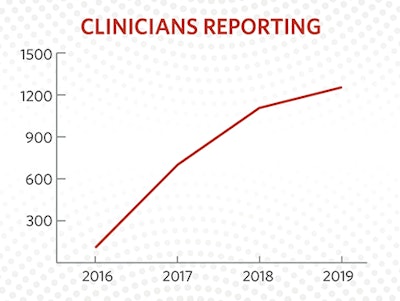
Large Group Executive Forum practices continued their engagement with the Reg-ent registry in 2019 with nine of their member practices choosing Reg-ent as their MIPS reporting solution, including ENT and Allergy Associates, the largest private practice in Reg-ent, with 335 clinicians who reported MIPS 2019 via Reg-ent. Reg-ent’s practices remain committed as evidenced by Reg-ent’s stable membership participation renewal rate this year.
We are also seeing growth with academic medical center participation. This past year, with the introduction of an EPIC solution, the University of Mississippi, Baylor College of Medicine, Temple University, UPB Brooklyn, and Oregon Health & Science University are reviewing actionable quality data in their Reg-ent dashboards. Johns Hopkins University and Thomas Jefferson University are preparing for integration with Reg-ent. Many others are now in the process of onboarding through the Reg-ent Epic app to increase quality improvement capabilities within their practice and to contribute to the growing data repository. This will ensure their ability to utilize the Reg-ent registry for research purposes and increase their ability to track their practice performance across many quality indicators, as well as assist them in preparation for the future evolution of payment and reimbursement models.
Registry Governance
The AAO-HNSF Reg-ent Executive Committee (REC) reports directly into the AAO-HNSF Board of Directors. The nine otolaryngologist members and three Ex-Officio members represent the span of the specialty and both academic and private practice. These individuals have held or currently hold leadership positions at AAO-HNSF in clinical practice guideline development, clinical research, and quality and performance improvement including measures development and implementation. Seven clinical advisory committees (CACs) representing the specialties of otolaryngology address clinical quality measure development and prioritization including identification of relevant patient reported outcome measures (PROMs) to be made available in Reg-ent. The CACS are comprised of experts from AAO-HNS committees, specialty societies, and other stakeholder groups.
